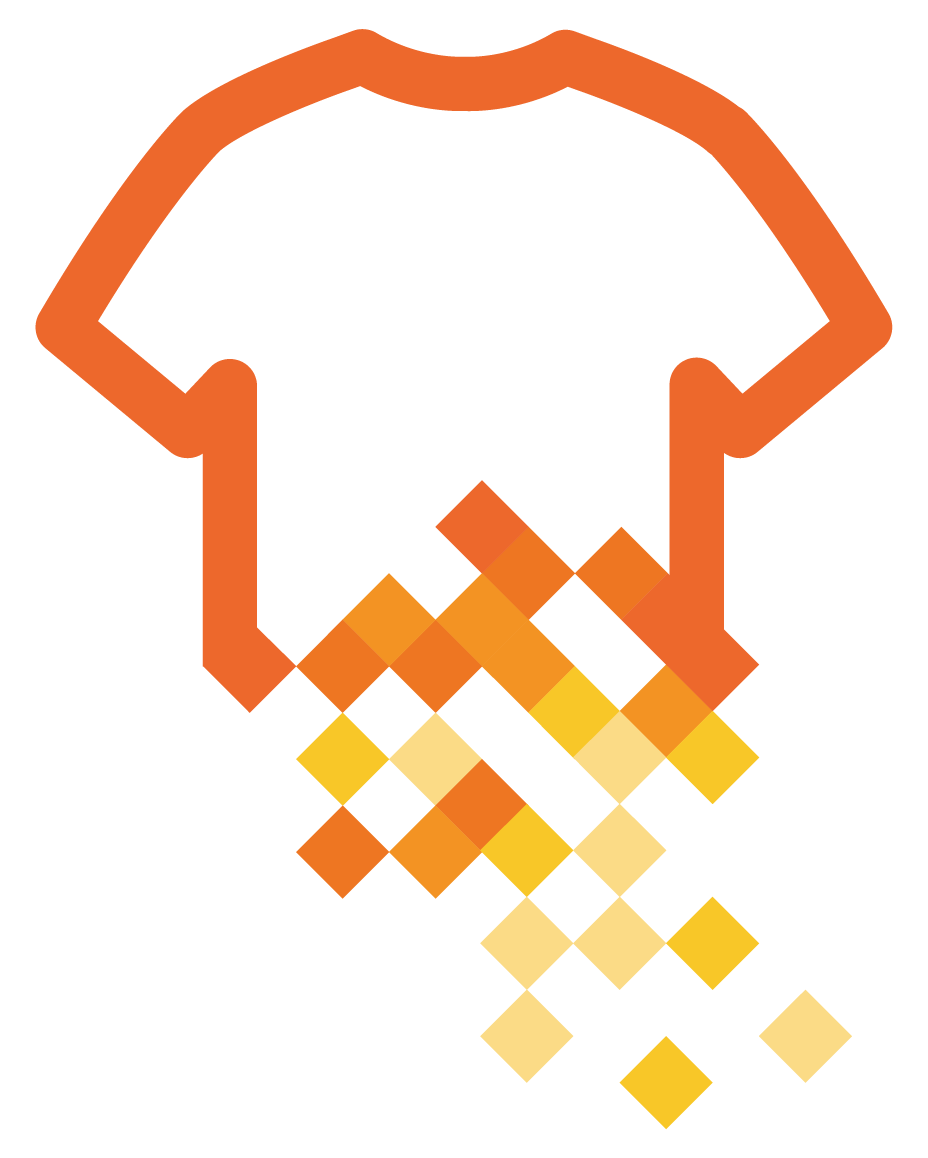3 Fashion Design Tools You Didn't Know You Needed Until Now
Having not long rounded off on July’s 3 Day Design Challenge, I thought I would keep the energy flowing by providing 3 uncommon fashion design tools that will transform your creative process and make building your dream wardrobe an easier, more enjoyable journey.
Now, I’m not talking about pencils and paints or the latest fancy-pants leather bound sketchbook, feel free to build you design kit on your terms with those; especially since your preferred medium may differ from one person to the next (I’m a pencil study or digital illustration girl myself, working with inks does not come naturally to me!).
No, I’m here to shed light on some unconventional yet equally useful items to add to your design toolkit that are sure to enhance your work and improve your wardrobe.
I’d love to know what unexpected design tools you gravitate towards when coming up with original clothing ideas. Let me know in the comments!
Layout Paper
You may have seen me use the first item on the list throughout the challenge workshops as not only does it make live streaming design techniques very efficient, it also speeds up my process off camera!
Layout paper is thin transparent paper with a smooth surface. Used for sketching and developing ideas. Your designs can be traced and altered with ease. It’s also budget friendly and an affordable addition to your toolkit!
Croquis folder
If you’ve followed me for long enough, you’ll have surely heard me talk about my beloved croquis folder.
Croquis’ are fashion figures often elongated from a realistic 7 head-high proportionate human form to more alien-esque 9 to 12 head-high poses. Whether you choose to render your designs on more realistic figures or prefer the traditional and stylised fashion illustration models, building your own croquis folder is a must.
Yes, spoiler alert, us professional fashion designers do not always draw human figures from scratch time and time again. When the ideas are flowing or you’re short on time, who wants to be slowed down trying to proportionately map out a figure on a page? Not me. Combine your pre-drawn croquis templates with your layout paper for quick designing and easy spurts of inspiration.
Whether you draw your own or search for existing templates online (just make sure you don’t use someone else’s work for commercial purposes, or even better, ask them first!), build a folder of poses, shapes and sizes and streamline your fashion design process.
Colour Wheel
Colour theory is an extensive topic in its own right. It’s the rules and guidelines which we designers use to visually communicate through appealing colour palettes. A colour wheel will help you select complementary colour palettes each and every time.
Ever wonder how to make red and green suit each other rather than scream Christmas?! This handy and inexpensive gadget will help guide you to make considered decisions when developing your garment designs.
As colour theory is a broad and detailed subject, a colour wheel is a beginner friendly starting point to understand colours and their relationship to each other. Not only can it help you choose which colours to use together, it can also help you combine colours for more advanced palettes.
What’s next?
There we have it! My unusual top picks for any budding designer. All of which can be used as transferrable tools across a range of artistic applications so you don’t even need to limit your creativity to fashion!
Keep your eyes peeled on our masterclasses for the Colour Theory Workshop where I deep dive into how to use the colour wheel, why it’s worth it and deep dive into the theory that really can have a transformative effect on your personal style and wardrobe.
Of course, if you enjoyed this and want to explore the entire fashion process from concept to creation without the overwhelm and amongst like minded people, then I invite you to join The DPL Atelier where you’ll find me at my best and can truly unleash your inner fashion designer in a simple but powerful way.
I’ll catch you on the flipside!



